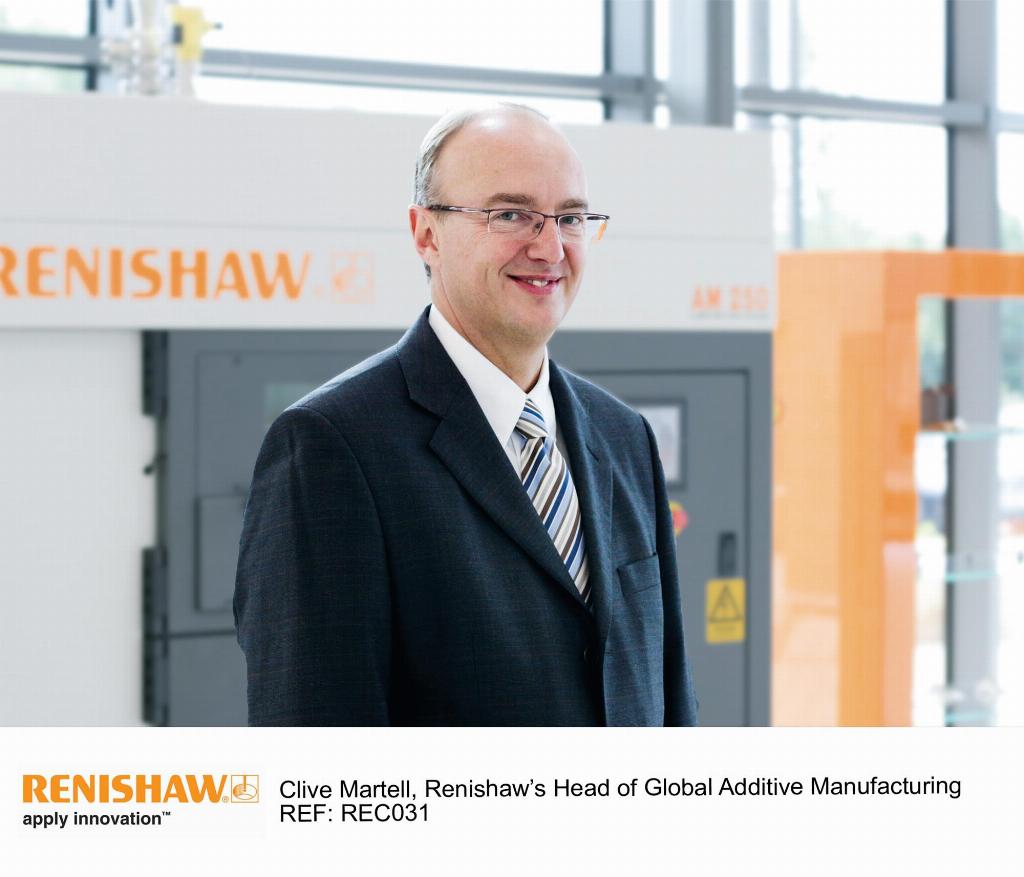New R&D set to shape future aircraft
Renishaw is contributing its additive manufacturing expertise to a new £17.7 million project, being led by Airbus in the UK, to develop an innovative way of designing and manufacturing aircraft wings, which will encourage a “right first time approach” and reduce development time.

The project, called Wing Design Methodology Validation – or WINDY - has been made possible thanks to joint industry and UK government investment from the Department for Business, Energy and Industrial Strategy (BEIS), supported by the Aerospace Technology Institute (ATI).
“Aircraft wing design is a hugely complicated process and this project will look at ways we can increase the robustness of the design and test process while also reducing the time this takes,” said Airbus COO, Tom Williams. “Developing state-of-the-art technology will be at the heart of achieving these improvements and this investment is vital for that.”
The project will be led by a team from Airbus in Filton, Bristol. As a key partner, Renishaw will provide its expertise in metal additive manufacturing and precision measurement.
“This is a fantastic opportunity to work with Airbus and other project partners to develop processes that will fully test the capabilities of additive manufacturing,” said Clive Martell, Renishaw’s head of global additive manufacturing. “If we can highlight the design and production benefits of this technology in one of the most demanding industry sectors, then it paves the way for greater of adoption of AM for serialised production in many other applications.”
In a Q&A session with Aerospace Manufacturing, Renishaw’s Nick Jones offers some more facts behind the company’s involvement in this ground-breaking initiative.
Q) What kinds of wing-related components are we talking about here – spars, stringers, ribs, aileron/spoileron components?
A) The wing related component focus is more in the fasteners than the fixings. The parts will be manufactured in metal.
Q) Can you give me your definition and example of a ‘right first time approach’?
A) The right first time approach refers to a process where iterative development is not required to deliver a part to drawing, the process is predictable and robust.
Q) Do you have any estimates on the amount of reduction in lead-time associated with wing related R&D?
A) As far as I understand, the lead-time for wind tunnel models can stretch to months or a good traction of the year, which ought to be reducible. However, this depends on machine availability and many other factors.
Q) Where lies Renishaw’s key thrust in the WINDY project: metrology, design/testing or additive manufacturing – or is it across all three disciplines?
A) It lies in the additive manufacturing of parts and the design and testing of 3D systems. Its involvement will be a combination of building parts to evaluate the suitability of the technology for wind tunnel model production as well as the development of AM technology to increase productivity and improve quality assurance of parts as built.
Q) I guess component production rates (speed) and physical volume (component size) of additive manufacturing production is an issue, or is it? What are your thoughts on this and has Renishaw seen improvements in these two areas?
A) In additive manufacturing, build speed is an issue, but the RenAM 500M addresses this by taking laser power to 500W, reducing run time and by incorporating powder handling into the machine, which eliminates the sieving time and powder handling component of machine set up.












